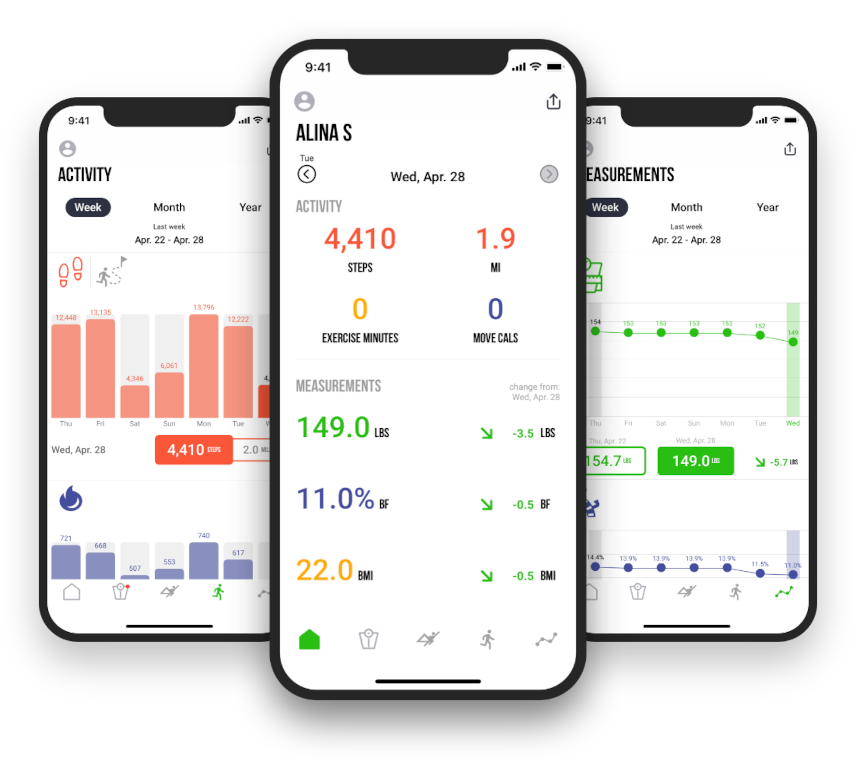Injury Rehab: Buns of Steel – 10 Tips to Strong Glutes Following Low Back Injury
Weak glutes cause most lower back problems. Your butt muscles are supposed to power your hips. When they don’t work, your back takes over. That’s a recipe for pain.
Why Glutes Matter for Your Back
Your glutes are your body’s powerhouse. They should handle hip extension, stabilize your pelvis, and support your spine.
When glutes are weak, other muscles compensate. Your lower back works overtime. Hip flexors get tight. Everything gets out of whack.
Our personal trainers in Melbourne see this pattern constantly. Fix the glutes, fix the back.
Tip 1: Start with Activation
Before strengthening weak glutes, you need to wake them up. Years of sitting makes them sleepy.
Glute bridges are perfect for activation. Lie on your back, knees bent, squeeze your butt and lift your hips.
Hold for 5 seconds. Feel the glutes working. Do this before every workout.
Tip 2: Master the Hip Hinge
Hip hinging is the foundation of glute strength. Your hips move back while your spine stays neutral.
Practice with a wall. Stand arm’s length away. Push your hips back until your butt touches the wall.
This teaches proper movement patterns. Essential for deadlifts and squats later.
Tip 3: Progress Slowly
Injured backs need patience. Don’t jump into heavy squats immediately. Build strength gradually.
Start with bodyweight exercises. Add resistance bands. Then light weights. Your back will thank you.
Tip 4: Focus on Single-Leg Work
Single-leg exercises expose weaknesses. Most people have one stronger side. This creates imbalances.
Single-leg glute bridges, step-ups, and lunges force both sides to work equally.
Tip 5: Don’t Forget the Glute Medius
Everyone focuses on the big glute muscle. But the smaller glute medius is crucial for stability.
Side-lying leg lifts and clamshells target this muscle. It prevents your knees from caving in during squats.
Tip 6: Use Resistance Bands
Bands are perfect for glute activation and strengthening. They provide variable resistance and are joint-friendly.
Monster walks, lateral steps, and banded squats all work well. Bands are cheap and portable too.
Tip 7: Mind Your Posture
Sitting all day puts glutes to sleep. Stand up every hour. Take walking breaks. Your glutes need movement to stay active.
When you do sit, think about engaging your core and glutes slightly. Don’t just collapse into the chair.
Tip 8: Combine Strength and Stability
Strong glutes need to be stable glutes too. Add balance challenges to your exercises.
Single-leg deadlifts on an unstable surface. Squats with eyes closed. These challenge stability systems.
Tip 9: Don’t Ignore Hip Flexors
Tight hip flexors inhibit glute function. If your hip flexors are tight, your glutes can’t work properly.
Stretch your hip flexors daily. Couch stretch, kneeling hip flexor stretch, and pigeon pose all help.
Tip 10: Be Consistent
Glute strength takes time to build. Especially after injury. Consistency beats intensity every time.
Do something for your glutes every day. Even 10 minutes of activation exercises helps.
Common Mistakes
Don’t arch your back during glute bridges. This defeats the purpose. Keep your ribs down and core engaged.
Don’t rush the movements. Slow, controlled reps build strength better than fast, sloppy ones.
Don’t ignore pain. Some muscle fatigue is normal. Sharp pain is not. Listen to your body.
For Different Populations
Female personal trainers often work with clients who have weak glutes from pregnancy and childbirth.
NDIS personal trainers adapt these exercises for clients with mobility limitations.
Exercise Progressions
Week 1-2: Activation
Glute bridges, clamshells, side-lying leg lifts. Focus on feeling the muscles work.
Week 3-4: Basic Strengthening
Add resistance bands. Increase reps. Introduce single-leg variations.
Week 5-8: Progressive Loading
Add weights. Introduce squats and deadlifts. Focus on perfect form.
Week 9+: Advanced Training
Heavy lifting, plyometrics, sport-specific movements. Build power and performance.
When to Seek Help
If back pain persists despite glute strengthening, see a professional. You might need manual therapy or specific interventions.
Personal trainers can guide exercise progression. But persistent pain needs medical attention.
The Role of Other Muscles
Glutes don’t work alone. Core muscles, hamstrings, and deep hip stabilizers all contribute to back health.
A comprehensive approach addresses all these muscles. Not just the glutes.
Lifestyle Factors
Sleep affects recovery. Poor sleep slows healing and increases pain sensitivity.
Stress makes everything worse. Chronic stress increases muscle tension and slows recovery.
Nutrition supports healing. Anti-inflammatory foods help. Processed foods hurt.
Technology and Tracking
Apps can remind you to do glute exercises. Wearable devices track activity levels.
But don’t get obsessed with data. How you feel is more important than perfect numbers.
Location-Specific Considerations
Our trainers in South Melbourne and St Kilda often work with office workers who have weak glutes from sitting.
For Online Training
Online personal trainers can guide glute strengthening remotely. Video calls allow form checking.
The Long Game
Building strong glutes after back injury takes months, not weeks. Be patient with the process.
The investment is worth it. Strong glutes prevent future back problems and improve overall function.
Boxing and Glutes
Boxing personal trainers know that punching power comes from the ground up. Strong glutes transfer force through the kinetic chain.
The Bottom Line
Strong glutes are essential for a healthy back. After injury, rebuilding glute strength should be a priority.
Start slowly, progress gradually, and be consistent. Your back will thank you.
Want professional guidance for glute strengthening after back injury? Our experienced trainers across all locations can design safe, effective programs.
Remember: your glutes are your body’s engine. Keep them strong and everything else works better.

